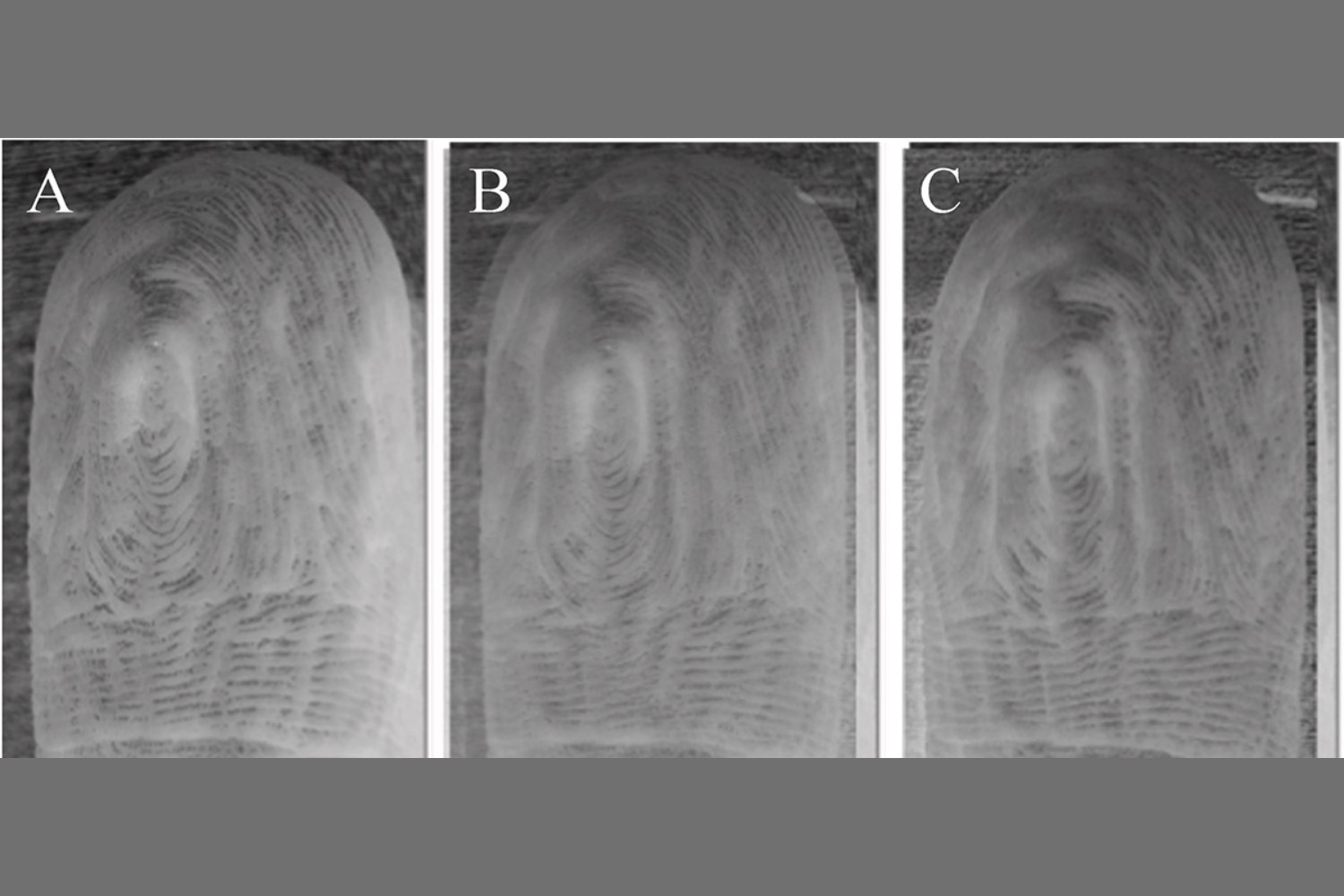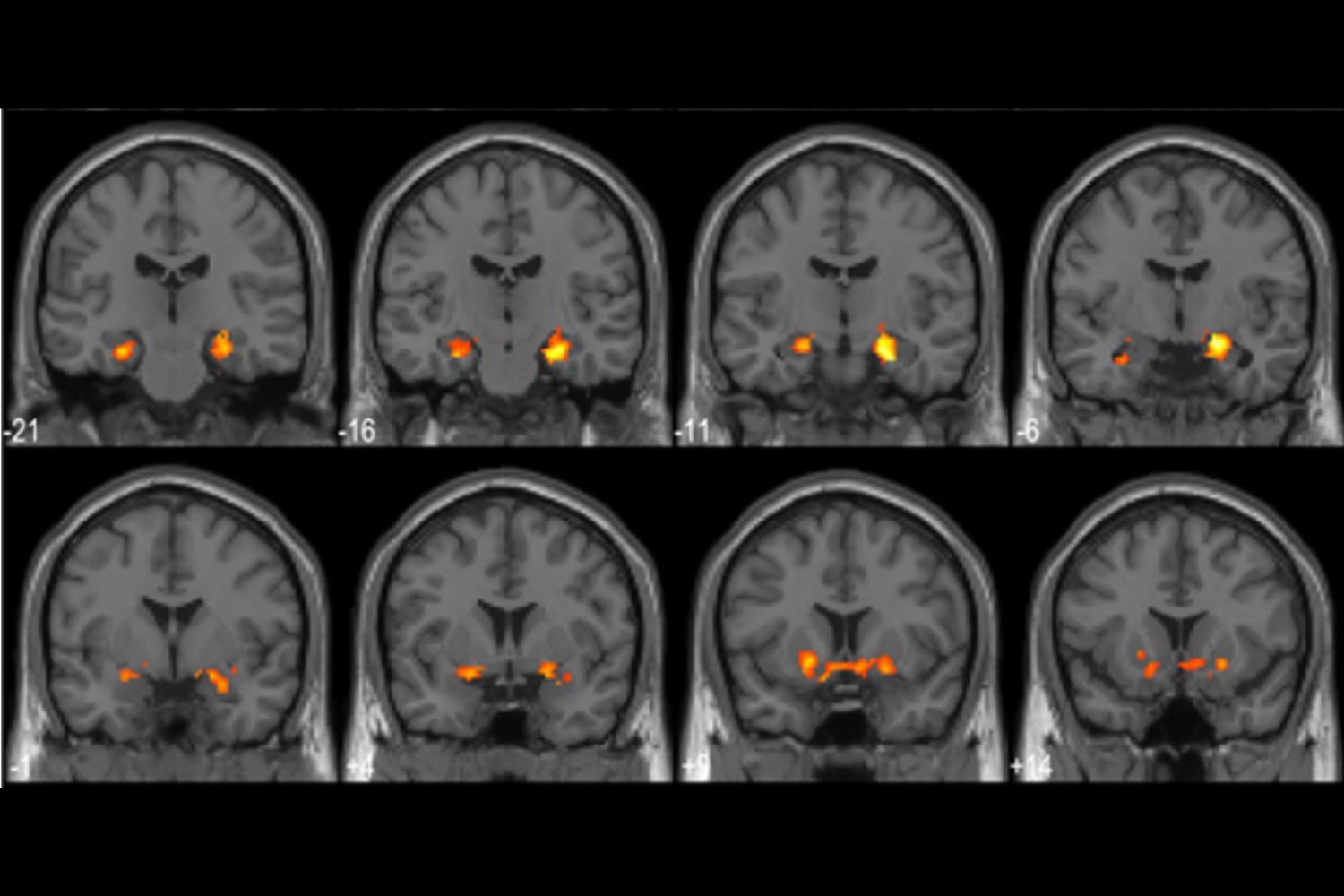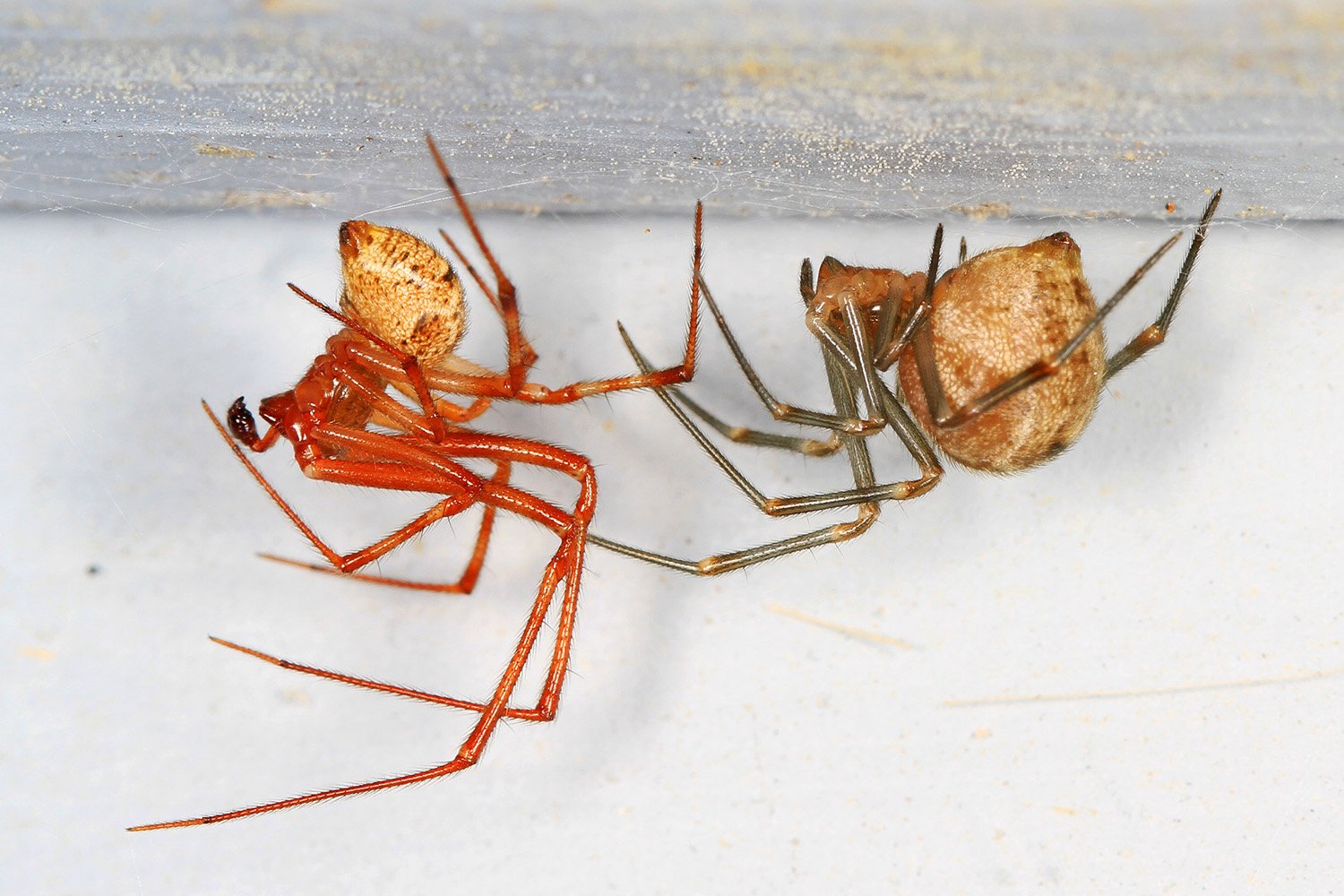The enigmatic orangeness of some cats has long puzzled scientists. Two groundbreaking studies, published in Current Biology, finally shed light on this feline mystery, revealing the unique genetic mechanism behind the ginger coat.
 alt text: A close-up of an orange cat with striking green eyes.
alt text: A close-up of an orange cat with striking green eyes.
Similar to red hair in humans, ginger cats owe their vibrant hue to a shift in pigment production. Instead of producing eumelanin (brown/black pigment), their pigment cells generate pheomelanin (red/orange pigment). However, unlike humans and other mammals, the genetic trigger for this switch in cats is distinct. This unique characteristic sparked the interest of researchers, leading to these pivotal discoveries.
The X-Factor: A Sex-Linked Mutation
The genetic quirk responsible for ginger fur lies on the X chromosome, making it a sex-linked trait. This is an unusual phenomenon in the animal kingdom, further fueling scientific curiosity. Previous research had narrowed down the mutation’s location, but these new studies, leveraging extensive genomic data, pinpoint the precise genetic anomaly.
A Tiny Deletion with a Big Impact
The culprit is a small deletion within a non-coding region of the X chromosome. This deleted sequence, present in all orange cats but absent in others, doesn’t directly code for proteins. Instead, it activates a nearby gene, Arhgap36, within pigment cells. This activation, unusual under normal circumstances, disrupts eumelanin production, leading to the default creation of pheomelanin and the resulting ginger coat.
 alt text: An orange tabby cat playfully batting at a toy.
alt text: An orange tabby cat playfully batting at a toy.
While other animals with orange coloration also interact with this pigmentation pathway, the ginger cat mutation is unique in its mechanism. It disrupts a later stage of the process, marking the first time Arhgap36 has been linked to pigmentation. This unusual mutation opens up new avenues for scientific exploration.
Debunking the “Single Brain Cell” Myth
While folklore often portrays ginger cats as mischievous or less intelligent, these studies found no evidence linking the ginger mutation to behavioral or temperament changes. The research specifically noted that the gene’s altered activity is confined to pigment cells, with no observable effects on other cells or tissues, including the brain. The endearing “single brain cell” theory, while amusing, remains unsupported by scientific evidence.
Further Implications and Future Research
These findings go beyond explaining ginger cat coloration. Understanding how this small deletion precisely activates Arhgap36 could unlock broader insights into gene regulation in mammals. Researchers are eager to delve deeper into this mechanism, anticipating broader implications for how genes are activated and deactivated in specific cell types.
A Toast to Ginger Cats
These studies not only solve a long-standing feline enigma but also pave the way for exciting new research in genetics and gene regulation. So, the next time you encounter a ginger cat, appreciate its unique genetic makeup and its contribution to scientific advancement.











